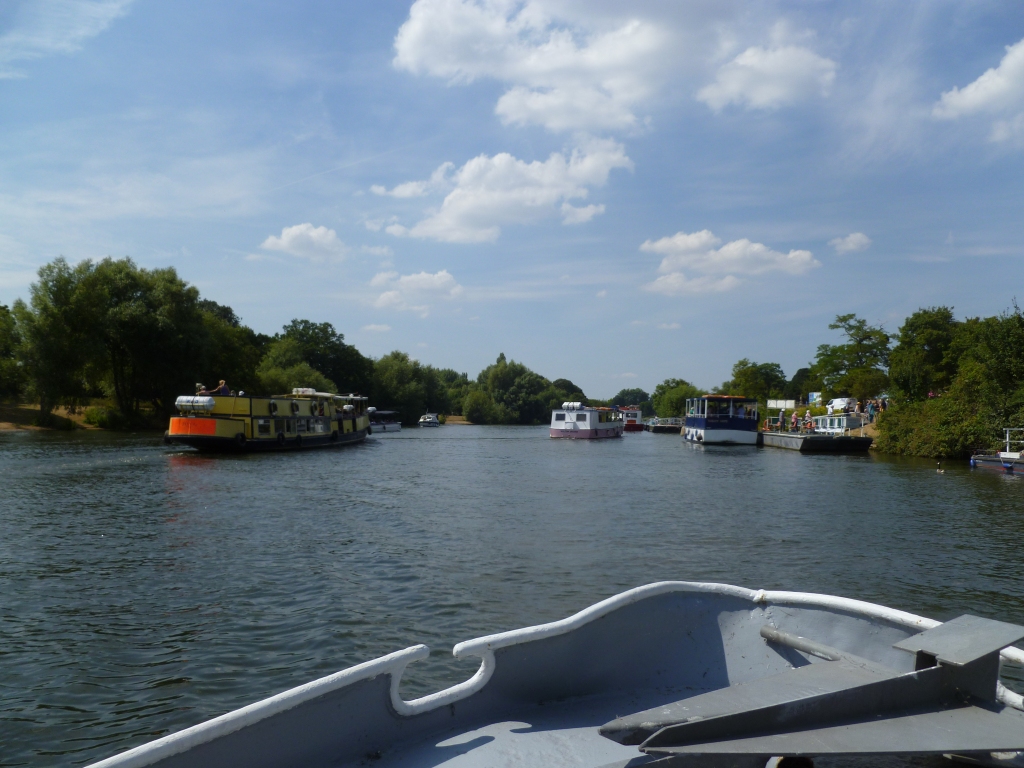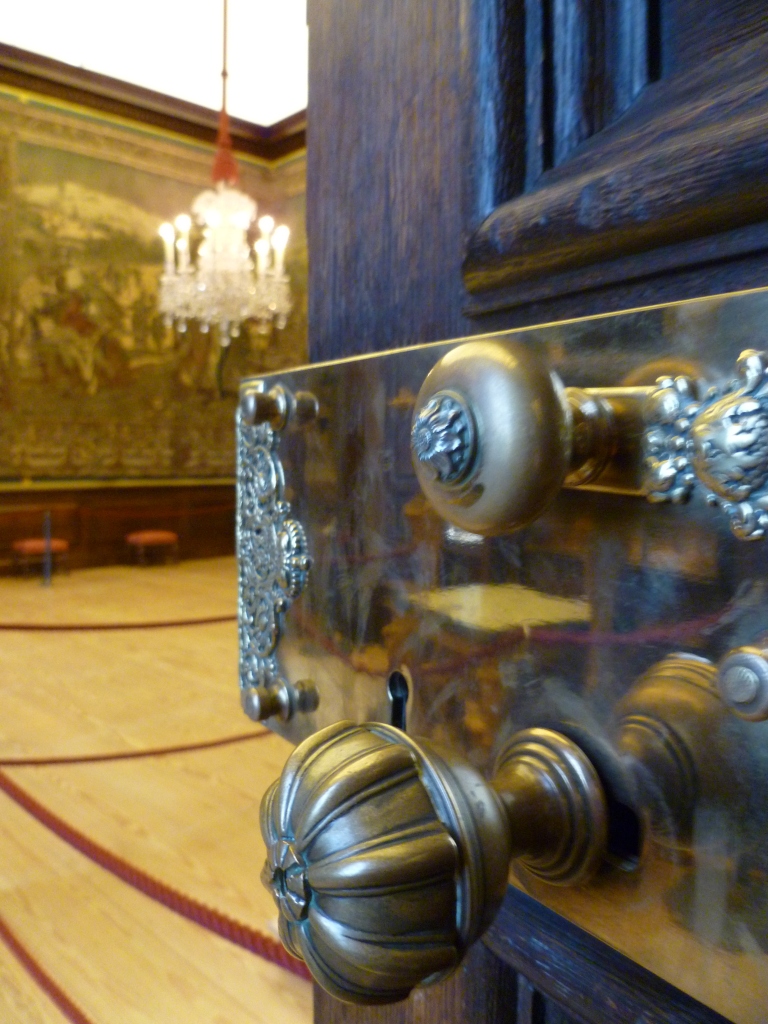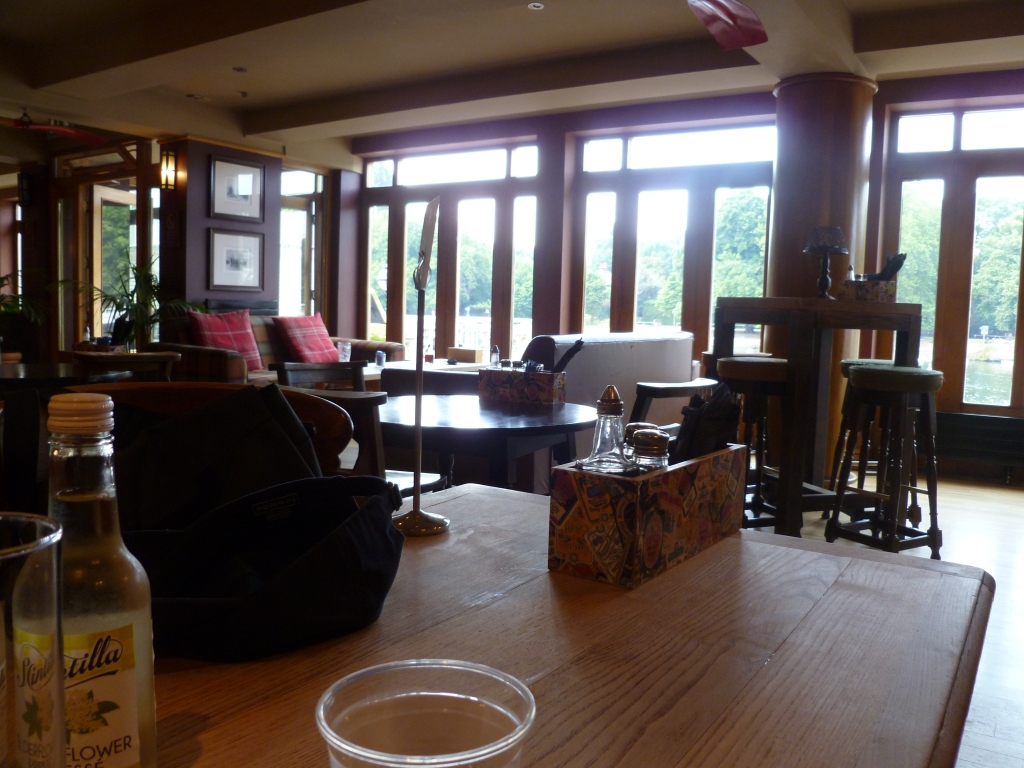After meandering through six counties in rural and regional England (see ‘Idling along the Thames – Part I: Gloucestershire to Berkshire’), the River Thames reaches the sprawling metropolis of London. At this point, it is about two-thirds of the way along its serpentine route, and just under 8km from Teddington Lock where it will become a tidal river for the remainder of its passage to the North Sea.
As the Thames travels through Greater London and the city’s Inner Boroughs, it is joined by over two dozen tributaries most of which now flow underground. These smaller rivers have wonderful names. As well as the better-known Fleet and Tyburn, they include the Effra, the Walbrook, the Black Ditch, the Neckinger, the Wandle and the Quaggy. (Visit the Museum of London (Docklands) website for a detailed map.) You can discover more about these rivers in Peter Ackroyd’s London Under or, for a more fanciful encounter, dip into Ben Aaronovitch’s Rivers of London series.
The Thames meets its first Greater London borough – Richmond upon Thames – just to the west of Hampton Court Palace.

Hampton Court Palace
Standing on the northern, Greater London side, of the river is Hampton Court Palace, once owned by Cardinal Wolsey. Wolsey made the residence so desirable the comfort-seeking Henry VIII snaffled it from him. (In reality, there was a bit more to this property ‘exchange’ than that: Wolsey had failed to secure the annulment of Henry’s marriage to Katherine of Aragon. It was all downhill for the cardinal after that.)
When the second Tudor king was in residence at Hampton Court, he could have up to 800 courtiers in attendance. Little wonder the kitchens, along with Henry’s girth, expanded.

Additions to the palace buildings and gardens continued over the centuries. Charles II commissioned the Long Water, and during the reign of William III and Mary II new State Apartments were added. (You can read more about these additions on the Historic Palaces website, ‘The Story of Hampton Court Palace’.)

Tapestries cover many of the walls in the William and Mary apartments. I’m sure they raised the room temperature by a degree or two in the dead of winter. I wonder if they also blocked curious eyes from spying on royal lives. (I’m sure Matthew Shardlake, one of my literary heroes, would have found a way to circumvent these woven impediments.)


Kingston upon Thames
Next stop along the river for me is in the Royal Borough of Kingston upon Thames. It is less than 3km from Hampton Court to Kingston ‘as the crow flies’ but, typically, the Thames takes a less direct route and travels twice as far.

I travelled to Kingston one morning to map my route from the town’s railway station to All Saints Church where I was due to attend a service a few days later. In truth, it’s a very short distance from the station to the church but I do like to be prepared. After a Thames-like meander through the church, I set out in search of lunch, preferably in a pub overlooking the river. On my way, and entirely by accident, I happened upon the Coronation Stone – a block of sarsen stone (silicified sandstone), the same composition as that used in the construction of Stonehenge.

According to tradition, the Coronation Stone was used during the coronation of the seven Saxon kings of England who were crowned at Kingston, from Edward the Elder (son of Alfred ‘The Great’) in 900 to Ethelred the Unready in 979. (All Saints’ website provides more background and there are thumbnail sketches of all the Saxon kings on the official website of the British Royal Family.)
Continuing my quest for lunch, I passed a barge moored beside the river. It was flying the flag of the Fremantle Dockers football team. Although I support a team on the east coast of Australia (some 3,000km from Fremantle), the flag felt like a touch of home. Introvert that I am, I still struck up a conversation with the barge owner. ‘Aussie Rules’ is a universal language for most Australians.

I did find lunch eventually – complete with river view.

Richmond
Lunch with a view of the Thames is an easily fulfilled indulgence in Richmond. I have acquainted myself with the menus of several pubs here followed by postprandial strolls along the riverside.

I did once gather sufficient post-lunch energy to climb to the Terrace Gardens and then to the top of Richmond Hill. (At just over 1km, this is hardly an onerous walk.) The view from Richmond Hill is protected, being covered by a parliamentary preservation order – the Richmond Ham and Petersham Open Spaces Act 1902. It was ‘the first landscape in England to have [such an order] applied to it’ (Petersham Village website).
In my photo, the Thames can just be glimpsed through the trees.

I haven’t yet been energetic enough to reach the site of another protected outlook – from King Henry VIII’s Mound in Richmond Park. It is one of 13 locations required to preserve a line-of-sight view of St Paul’s Cathedral. (If you’re keen on details, you’ll find plenty about the London View Management Framework on the City of London website.)
Kew Gardens
After passing through Richmond, the Thames skirts around Isleworth Ait, a 4-hectare Nature Conservation site. It then divides Syon Park in the north-west from Kew Gardens to the east. My first visit to the gardens was the morning after a night-time terrorist attack in London. Leaving the inner city to spend the day in a tranquil environment with 50,000 living plants seemed like a good idea. I wandered in the shade of the arboretum, watched children somersault on the grass, and ambled along the riverside walk. It was not a day for taking photos.
Next…
Leaving the Greater London boroughs of Kingston and Richmond behind, the Thames takes a sine wave-shaped swish, travelling under Barnes Bridge and on to Hammersmith Bridge. It has now reached London’s Inner Boroughs. My journey with the river will re-start at Putney Bridge in ‘Idling along the Thames – Part III: London’s Inner Boroughs’.

Links and sources
- Museum of London, ‘Map of the River Thames and Its Tributaries’
- London Under by Peter Ackroyd
- Rivers of London series by Ben Aaronovitch
- Historic Royal Palaces, Hampton Court Palace
- Historic Royal Palaces, ‘The Story of Hampton Court Palace’
- Shardlake series by C J Sansom
- All Saints Church, Kingston, ‘Where England Began’: The Coronation Stone
- British Royal Family, Saxon Kings
- Petersham Village, Richmond Ham and Petersham Open Spaces Act 1902
- City of London, London View Management Framework
- Kew Gardens
Photo credits
All photos by the author. This blog is licensed under a Creative Commons Attribution-NonCommercial-NoDerivatives 4.0 International License. Photos are free to use and share, but please attribute and link back to the blog.






Leave a comment